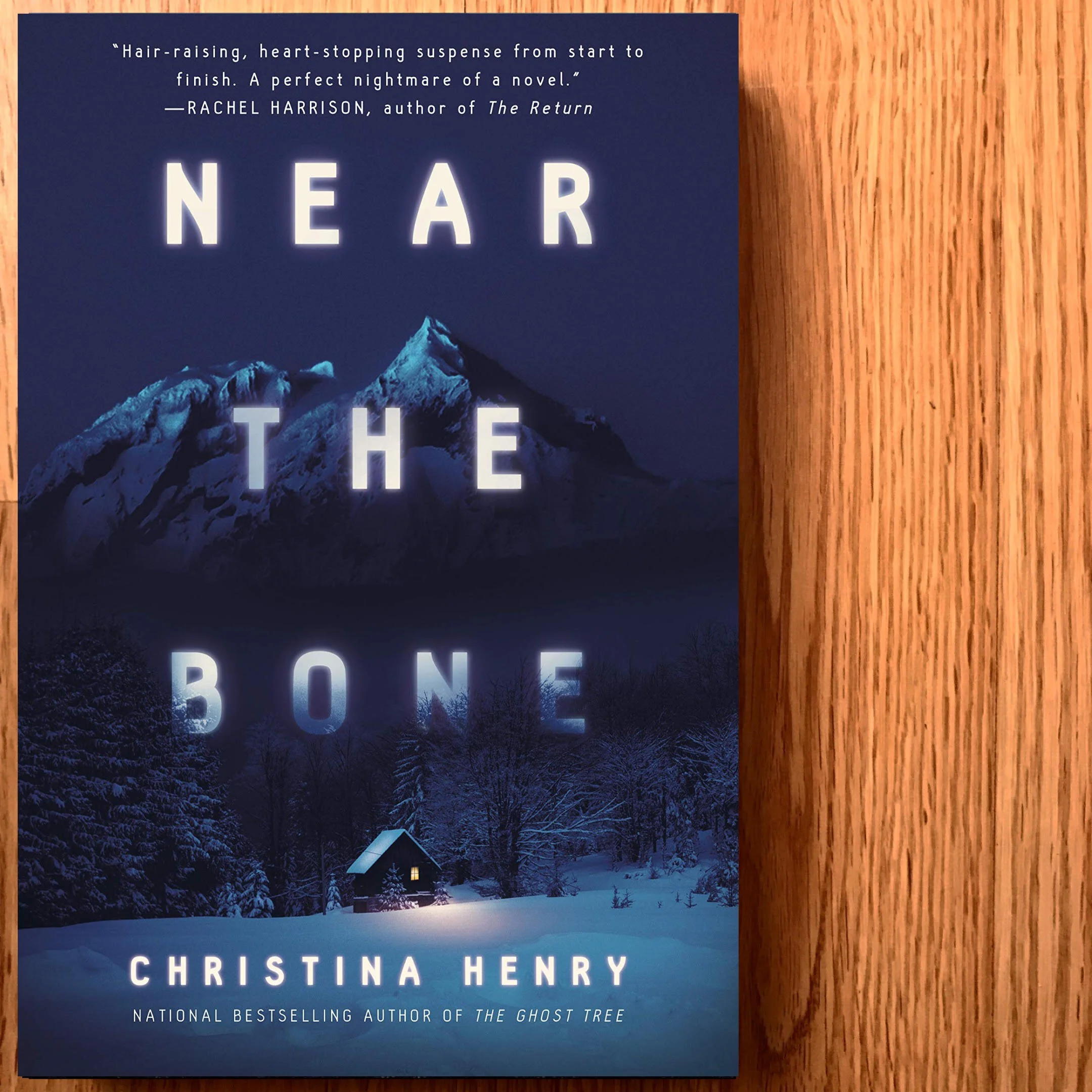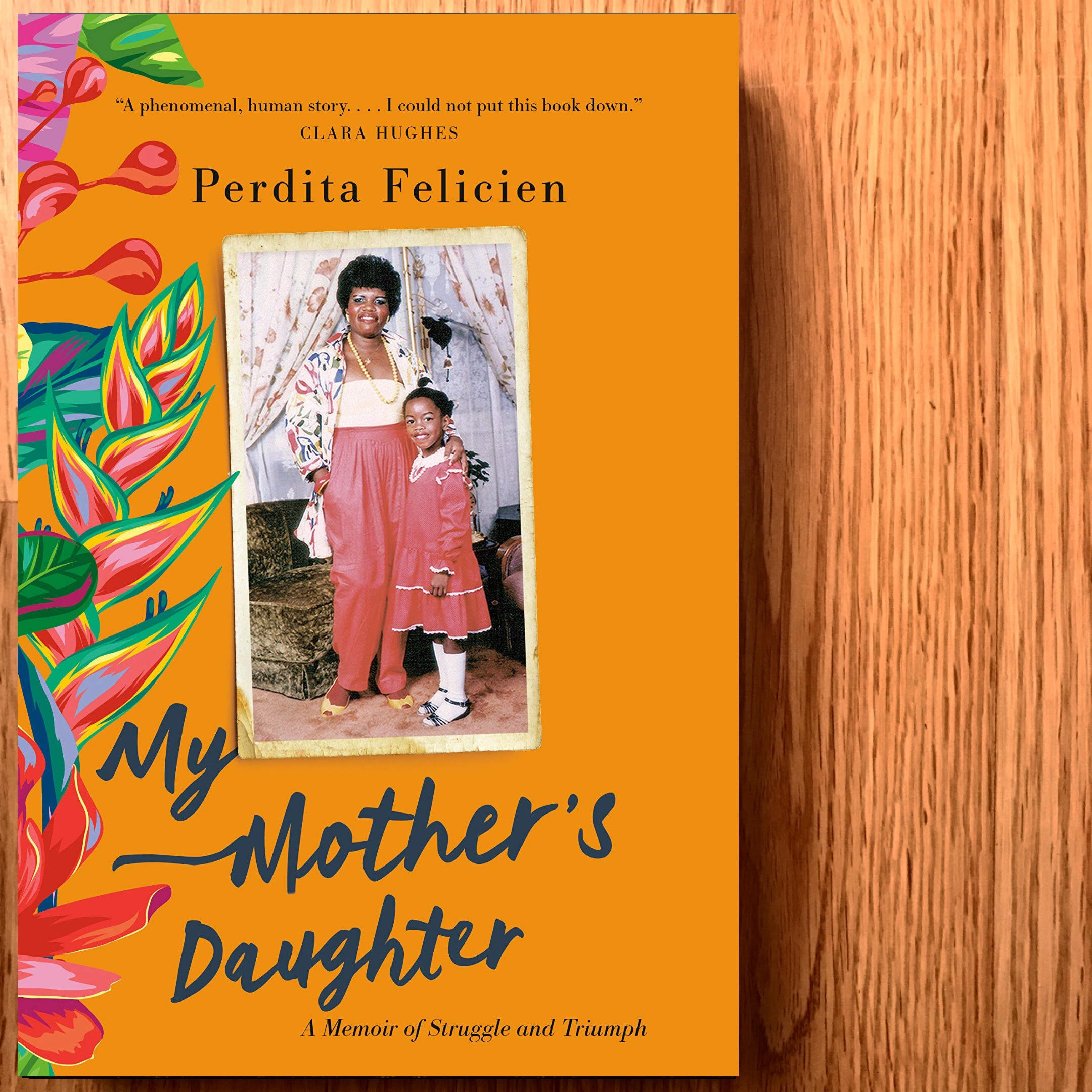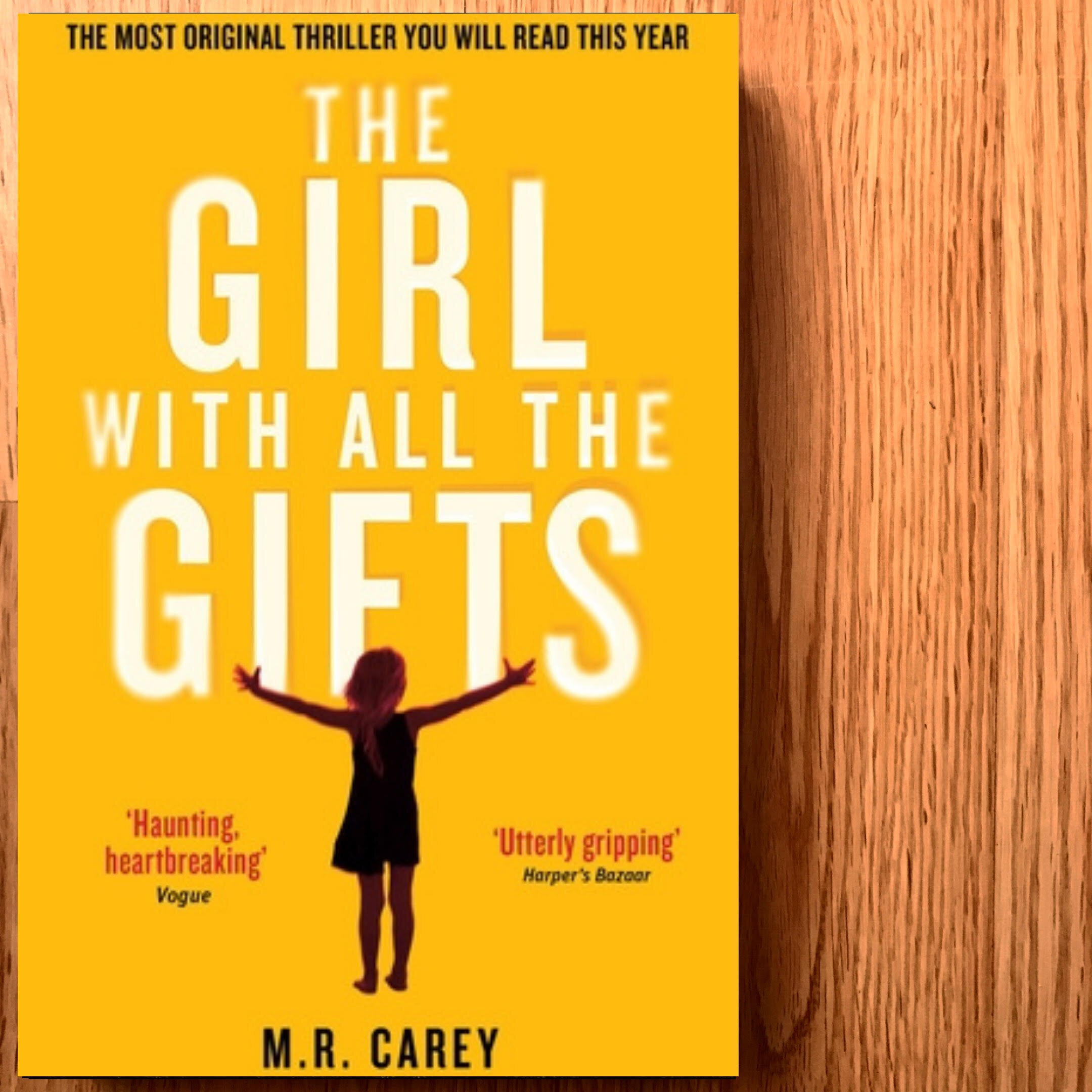By Larissa Page
Cary Fagan is a Canadian legend when it comes to literature. Our household is a big fan of a few of his children’s books, but I wasn’t sure what to expect when diving into this new collection of short stories. In general, I don’t gravitate toward short stories, but when I read the description for this collection, I knew I wanted to read it—and I was not disappointed.
Great Adventures for the Faint of Heart is a collection of short stories about ordinary people taking steps toward small but meaningful adventures within their own lives. Each of the ten stories is unique, masterful, compelling, and yet incredibly relatable. Each one filled me with warm fuzzy feelings.
I was surprised at the way the first story, “My Father’s Picasso,” stole my heart, but then I found that same feeling reflected in most (though not all) of the stories that came after. Sometimes it still surprises me that there can be so much depth put into a short story, so many lessons taught. In “My Father’s Picasso,” the love between stepfather and stepdaughter is so apparent, and the lesson learned in it, the need for the daughter to “acquire a wall to hang it [the Picasso] on,” is so perceivably unadventurous and yet, it is exactly an adventure in its own way.
This happened again and again throughout the stories, a common theme of small adventures. Mediocre or sometimes perceived to be mundane things that are, in fact, grand adventures in the scope of a life.
Each of these stories brought hope and connection into the lives of its subjects, from a woman who gets to know the aging neighbours her community are starting to see as a nuisance and building a connection with them as the neighbourhood is gentrified, to the puppeteer who decides (with some encouragement) to step outside of his comfort zone and travel the parks of Toronto instead of turning down a dream because it meant travelling too far. These stories show us how we already have what we need for an adventurous life right in front of us.
I am a huge fan of finding the marvellous in the mediocre, in the adventure right around the corner, of looking at the life you have right now and seeing the small little things you can do to make it amazing without making huge steps and changes. Because let’s face it; usually the things we see as “adventures” are too huge to take the steps toward; they’re too frightening for most of us who want to feel safe in our day to day lives. There are so many small things you can do right now in your own life to make it an adventure, to make it exciting and inspiring and also safe and comfortable.
These short stories are that philosophy embodied. And I think our world needs more of it.
*Thank you, Freehand Books, for the complimentary copy in exchange for an honest review!





















